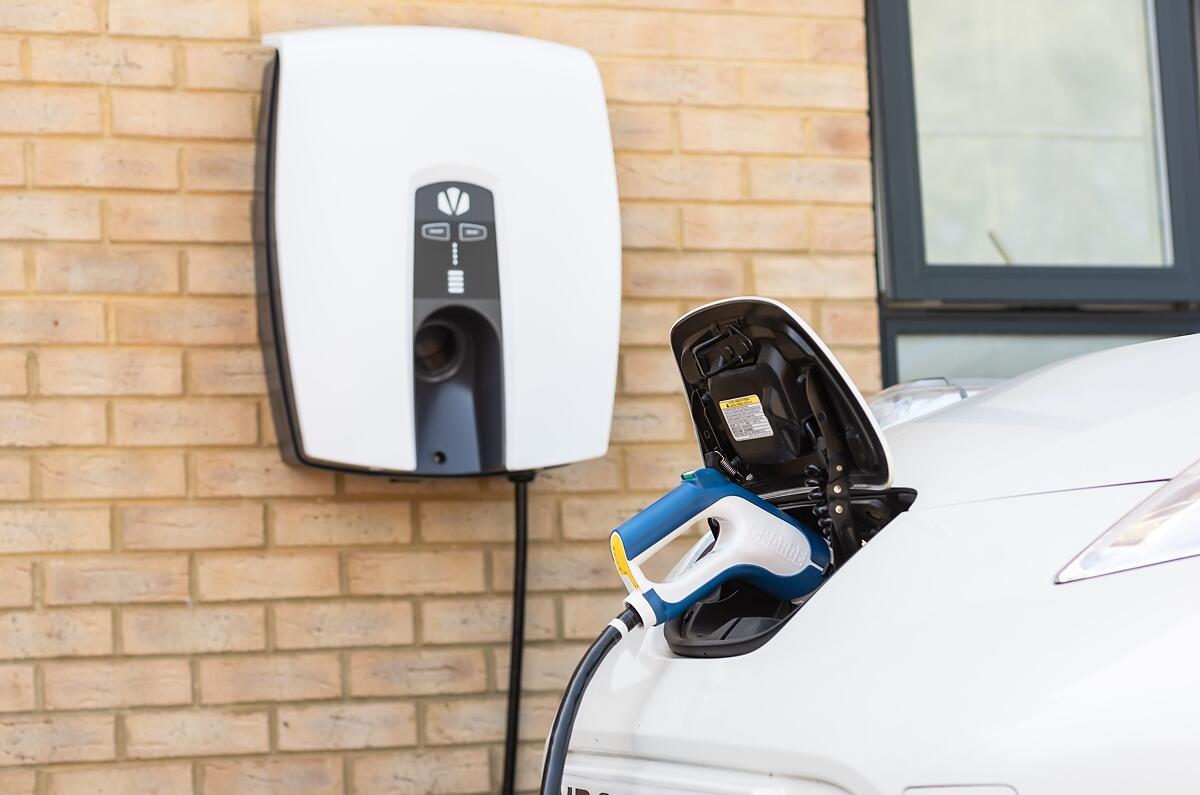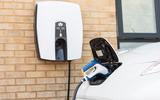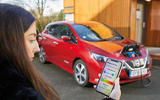Cars are sat idle around 90% of the time on average, so what if you could put the (very expensive) battery in electric cars to work during those down-times?
Indra has been doing exactly, first with a trial proving that using EVs as mini power stations in times of energy shortfalls can be profitable for all, and now with a second trial about to start demonstrating how you could use your EV to balance your energy needs, for example drawing cheap energy at night to power your house during the day. It's a slightly different take on the vehicle-to-grid concept, something that has been trialled recently by Wallbox in a vehicle-to-grid experiment that aimed to reduce electricity bills.
Indra’s founder and chief technology officer, Mike Schooling, is one of the UK’s leading experts on this, so we asked him how it all works.
The idea that electric cars can be an energy source, either for powering a house using cheap night-time energy or generating cash from energy companies to feed back into the grid, is very appealing in a geeky way. Is it possible?
“Definitely possible. You're looking at a very immature industry, so we're still way off. There are two different technologies: vehicle to grid, and vehicle to home. Both are identical hardware. It’s just whether you export the energy back to the grid or use it in the house. We've had 420 Nissan Leafs running for about three years now and proven in vehicle to grid situations, it actually works. Energy companies will pay you between £600-800 a year to be able to extract energy at the time they want.”
In what situations would energy companies pay you?
“There are a few motivations for them. Essentially when they've got gaps in their purchase plans. So, for example, when wind is blowing less than expected or when they under-purchase.”
Is there a penalty on the battery for this? You're going to be using it more than you would be for just driving.
“Evidence from our trials shows it’s actually slightly better for the battery than dumb charging. Three things happen from a v-to-g perspective. First, total number of kilowatt hours, so how much energy goes in and out. That's effectively like mileage. Second there’s temperature, and that’s not affected because it's such low power levels we're talking about relative to driving the car. And third, the times spent at extreme charge. So where you're near 100% full, but we don’t go past 90%.”
What would be a good analogy for that. That it’s better to walk than sit around?













Add your comment